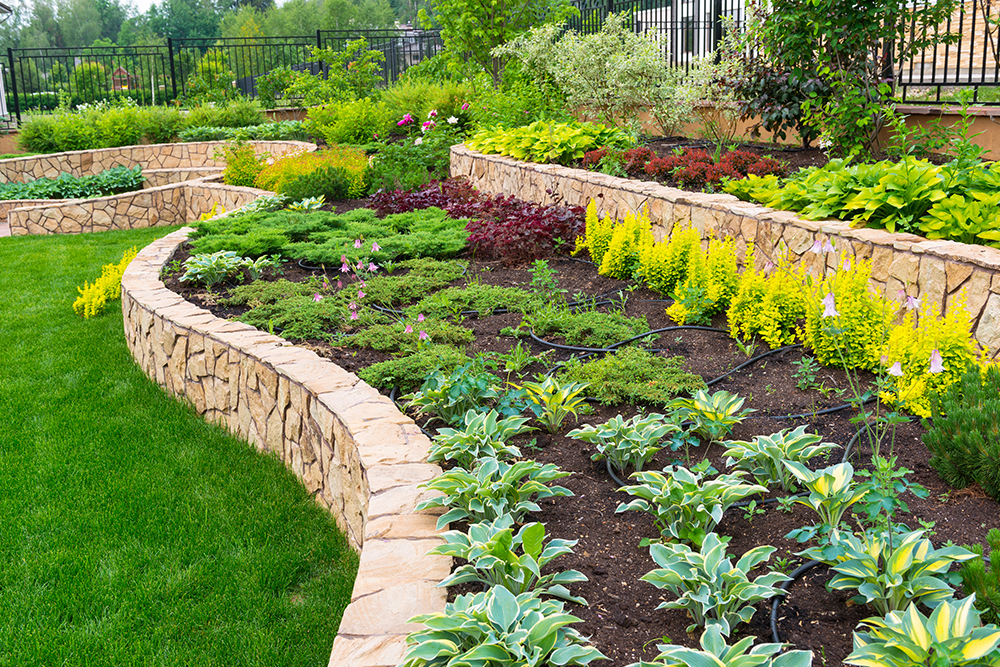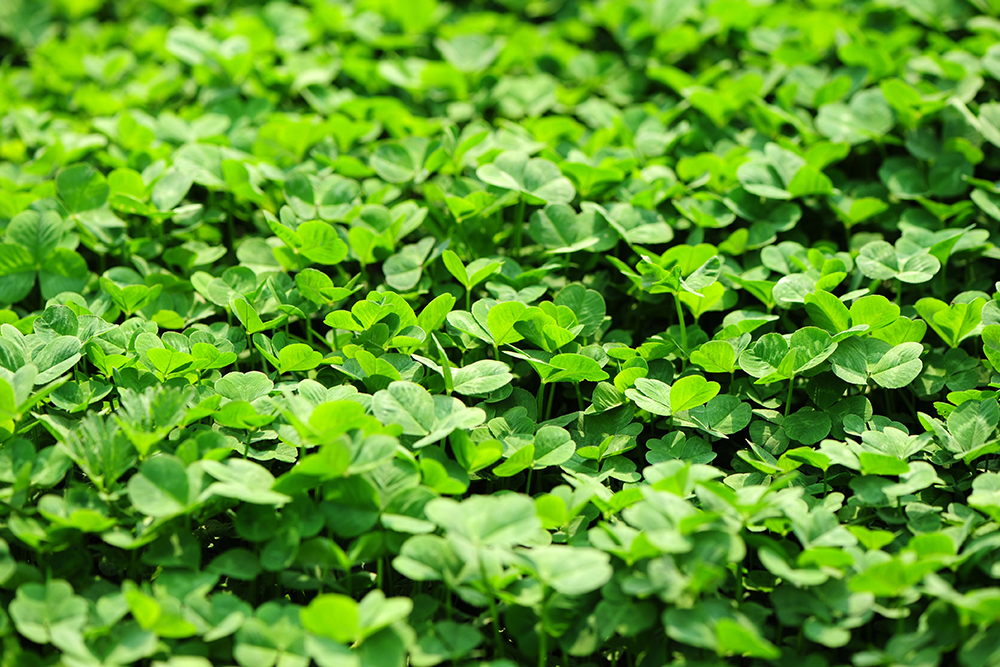6 Best Erosion Control Plants For Effective Landscaping

Erosion control is essential for creating resilient landscapes that withstand natural forces like wind, water, and soil displacement. Choosing the right erosion control plants can significantly strengthen vulnerable areas and beautify spaces with minimal environmental impact.
As part of our comprehensive environmental engineering solutions, Coleman Environmental Engineering, LLC specializes in sustainable erosion management. Our expertise in ecological restoration and vegetation management allows us to select plants that prevent erosion and maintain effective landscapes.
Understanding Erosion Control Plants
An erosion control plant is one that can anchor soil effectively, with deep or spreading roots that provide natural reinforcement. Plants with fibrous roots, dense foliage, and ground-covering properties are especially effective for this purpose. Such plants create a binding effect in the soil, reducing runoff and minimizing surface erosion. For example, slopes, areas with exposed soil, and regions prone to heavy rainfall or drought are all places where erosion control plants can make a difference.
In various landscapes, from fire-prone regions to urban slopes, erosion control plants are a key factor in preventive and remedial efforts. Plants serve as a long-term solution, working to maintain soil structure and prevent displacement. This approach can be customized to the environmental and soil needs of each area, ensuring a robust and resilient solution that blends into the landscape.
Why Erosion Control Matters
Erosion control does more than prevent soil from being carried away—it also contributes to the ecosystem’s overall health. Plants used in erosion control serve multiple roles, like retaining soil moisture, supporting biodiversity, and even improving soil fertility over time.
For instance, erosion-prone areas that receive a lot of runoff, such as hillsides or coastal areas, benefit greatly from this natural stabilization. Using plants for erosion control also reduces the need for more disruptive erosion prevention measures, helping maintain the ecological balance.
In the area of environmental engineering, erosion control is a crucial component in projects involving infrastructure, restoration, and site stabilization. We integrate erosion control plants into our broader environmental services, ensuring that each project supports sustainable and resilient landscapes.
Effective Erosion Control Plant Options
- Native Grasses
Native grasses like switchgrass and blue fescue are ideal for erosion control due to their deep-rooted structures. Switchgrass, for example, extends roots several feet below the surface, making it highly effective in stabilizing the soil. Native grasses also support local wildlife and require minimal maintenance once established, making them a sustainable choice for natural erosion control.
- Ground Covers
Plants such as creeping juniper and periwinkle are excellent choices for areas that need dense, low-lying coverage. Ground covers spread horizontally, creating a mat-like layer over the soil that protects it from surface erosion. These plants are particularly useful in areas with steep slopes, where they prevent soil displacement by cushioning the ground against rainfall and foot traffic.
- Flowering Shrubs
Flowering shrubs like potentilla and bush honeysuckle are valuable for both aesthetic appeal and soil stabilization. Potentilla, for example, produces vibrant flowers while extending a robust root system that binds the soil. These shrubs are well-suited to erosion control on slopes and in areas where a strong root structure is necessary to hold soil in place.
- Willows and Other Riparian Trees
For sites near rivers or streams, riparian trees like willows and alders are essential. Willows thrive in moist conditions, and their roots are designed to hold onto riverbanks, preventing soil loss even in high-water areas. Willows also offer habitat and shade, contributing to the ecological stability of riparian zones while providing erosion control along water edges.
- Alpine and Drought-Resistant Plants
In arid areas or places prone to drought, alpine plants like sedum and drought-tolerant grasses such as blue grama can protect against soil erosion. These plants are adapted to thrive in challenging conditions, providing resilience and soil stability even with minimal water. Their strong root systems hold soil in place, preventing erosion from wind and occasional rain.
- Leguminous Plants
Plants from the legume family, like clover and vetch, have nitrogen-fixing properties that enhance soil health while stabilizing it. Clover, for example, provides ground cover and has roots that help improve soil structure, making it less susceptible to erosion. These plants are especially beneficial for areas where soil health is a concern, as they contribute nutrients back into the ground while controlling erosion.
Customizing Erosion Control for Different Landscapes
When implementing an erosion control plan, it is important to choose plants suited to the specific conditions of each site. We assess various factors such as soil type, slope, exposure to water and wind, and local climate. This allows us to design erosion control solutions that integrate well with the natural landscape and withstand environmental stressors. For instance, drought-prone areas benefit from drought-resistant plants, while riparian zones require moisture-loving species like willows.
Our work in disaster recovery debris management often involves addressing erosion on damaged land, where plant-based solutions can prevent further degradation. Each species selection is intentional, serving to support soil health and prevent erosion in both the short and long term.
Maintenance and Longevity of Erosion Control Plants
Erosion control plants generally require minimal maintenance once established, but the early phases of growth are crucial. Regular watering, mulching, and protection from invasive species support root development and ensure long-term resilience. As these plants mature, their roots anchor the soil more effectively, providing a sustainable erosion control solution.
For areas prone to harsh weather or environmental disturbance, routine checks and supplemental planting may be needed to maintain coverage. In some cases, companion plants or additional ground covers can be added to strengthen the soil’s stability over time.
The Role of Erosion Control in Sustainable Landscapes
Using plants for erosion control aligns with sustainable landscaping principles by reducing the need for chemical treatments or physical barriers. This method promotes a balanced ecosystem, helping to control erosion naturally while enhancing the landscape’s aesthetic appeal. A well-designed erosion control system not only stabilizes soil but also contributes to the area’s overall biodiversity, making it a viable choice for eco-conscious projects.
Erosion control plants support the natural resilience of landscapes, transforming potentially vulnerable areas into stable, thriving ecosystems. By integrating these solutions into a broader environmental strategy, Coleman Environmental Engineering, LLC aims to deliver sustainable, long-term benefits to the landscapes we manage and protect.

